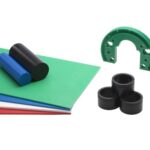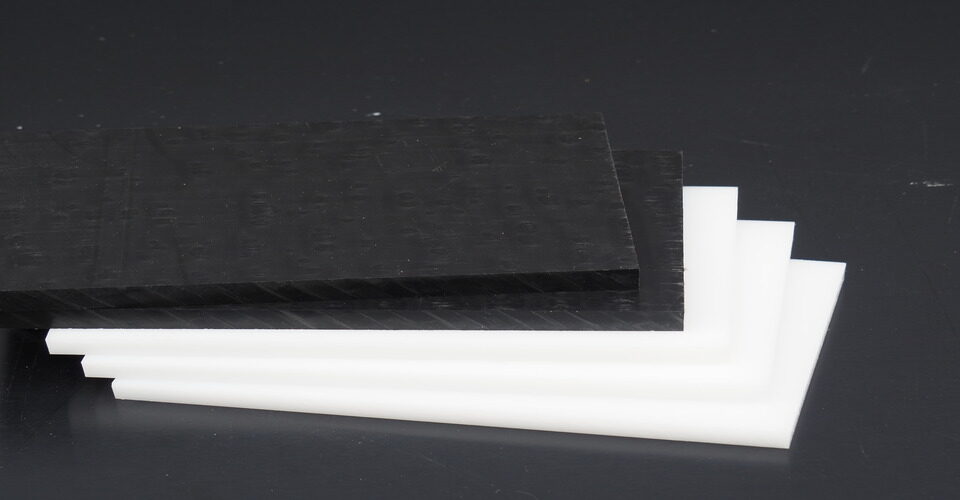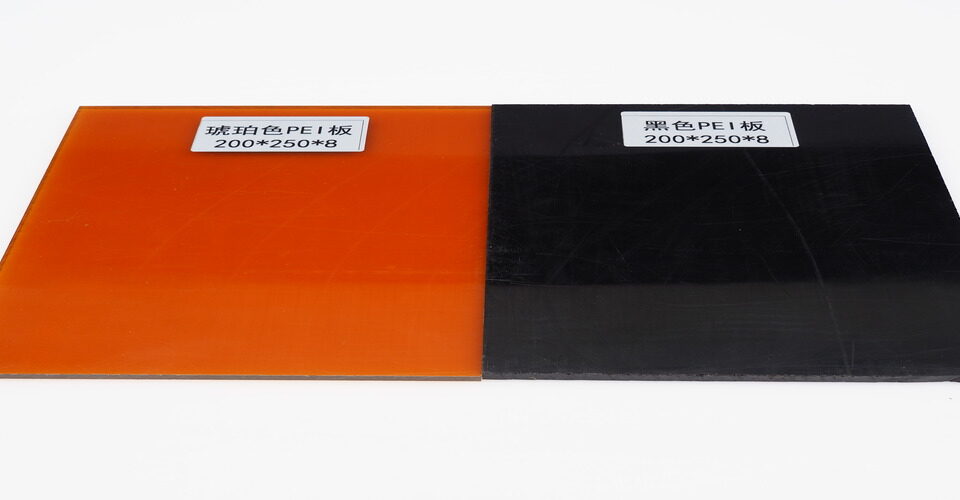
What is UHMW Polyethylene Used For?
October 4, 2024
Is PMMA Plastic Toxic?
October 7, 2024Introduction to PMMA
PMMA, or polymethyl methacrylate, is a synthetic polymer. Often used as a lightweight alternative to glass, it has unique properties that make it popular in various applications.
Characteristics of PMMA
Transparency and Clarity
PMMA is renowned for its high transparency and clarity, resembling glass. It can transmit up to 92% of visible light, making it an excellent choice for optical applications.
Impact Resistance
One of PMMA’s significant advantages over glass is its impact resistance. It is much less likely to shatter, making it safer for use in various environments.
PMMA as Plastic
Composition and Structure
PMMA is classified as a plastic due to its polymer composition. It is made from methyl methacrylate monomers, which polymerize to form a solid material.

Molding and Fabrication
Being a plastic, PMMA can be easily molded and fabricated into different shapes and sizes. This versatility allows for its use in a wide range of products, from lenses to displays.
PMMA vs. Glass
Weight Comparison
PMMA is significantly lighter than glass, which makes it easier to handle and install in many applications.
Cost Considerations
While PMMA can be more cost-effective than glass, pricing can vary based on the quality and application.
Conclusion
In summary, PMMA is a type of plastic that possesses some glass-like properties, making it a versatile material for various uses. Understanding its characteristics helps determine the best application for PMMA in comparison to traditional glass.






